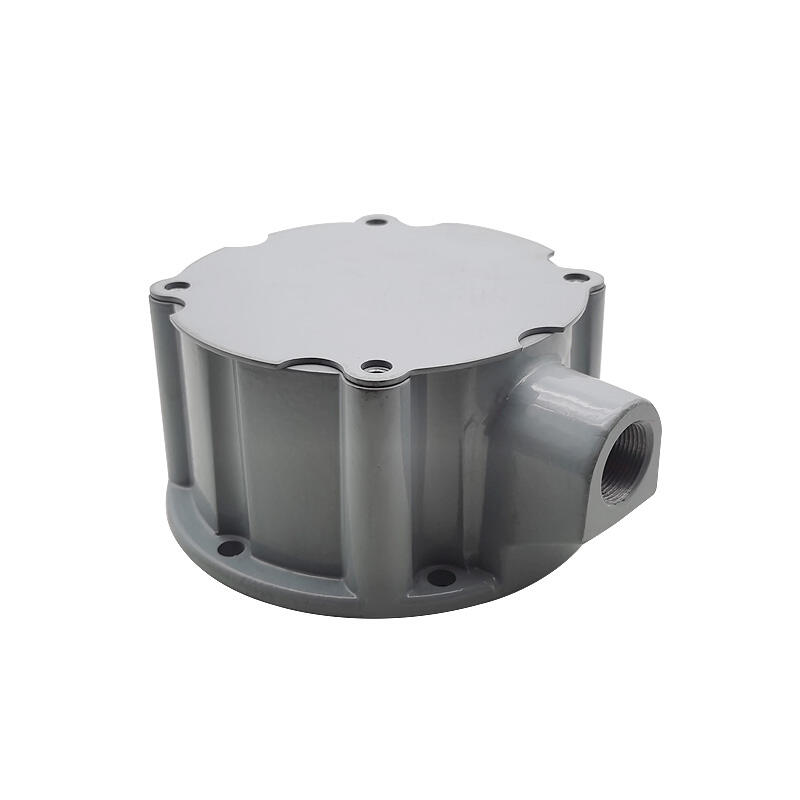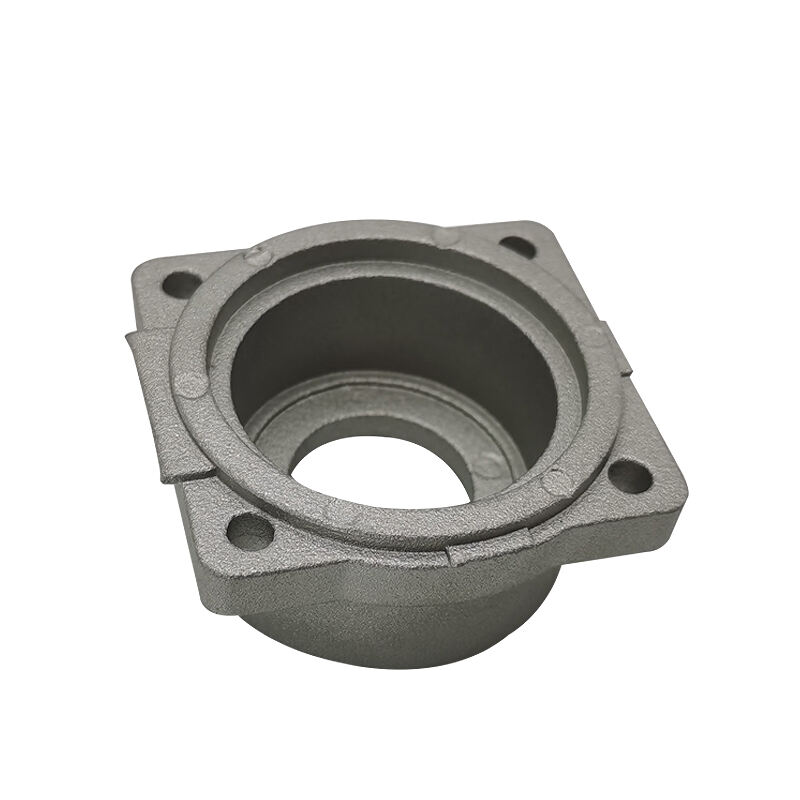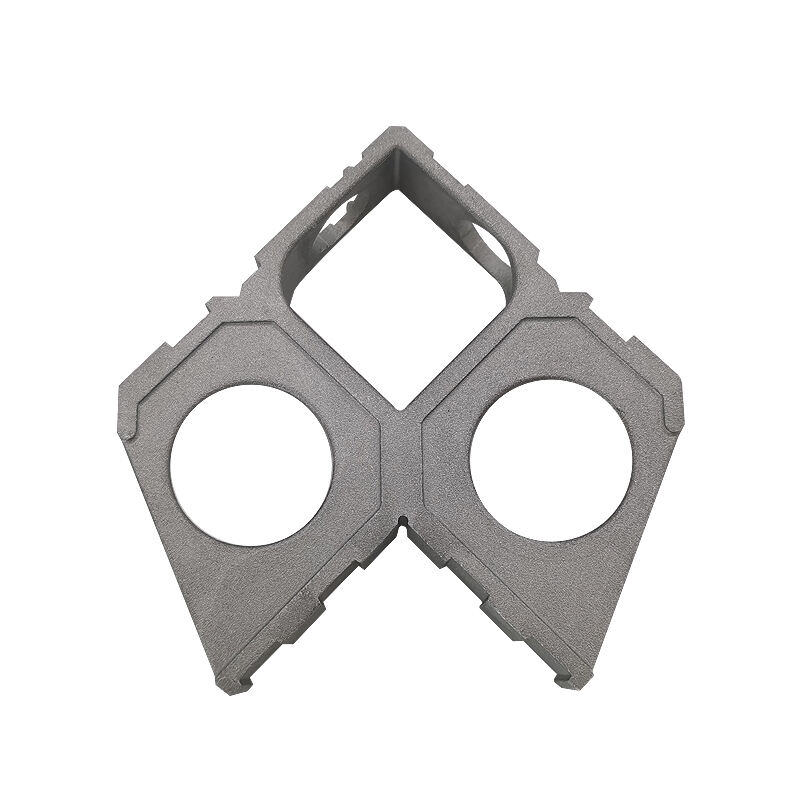casting parts
Casting parts represent a fundamental component in modern manufacturing, offering a versatile solution for creating complex metal components through the process of pouring molten metal into precisely engineered molds. These parts are essential in various industries, from automotive and aerospace to construction and machinery manufacturing. The manufacturing process involves several critical stages, including pattern making, mold preparation, metal melting, pouring, and finishing. Advanced casting technologies now incorporate computer-aided design (CAD) and simulation software to optimize mold design and metal flow, ensuring superior quality and consistency. Modern casting facilities utilize automated systems and precise temperature control mechanisms to maintain optimal conditions throughout the casting process. These parts can be produced using various materials, including iron, steel, aluminum, and bronze, each selected based on specific application requirements. The versatility of casting allows for the creation of both simple and intricate geometries, making it possible to manufacture parts ranging from engine blocks to decorative architectural elements. Quality control measures, including non-destructive testing and dimensional verification, ensure that each casting meets stringent industry standards.


